Love token, Smith
Joseph Smith, 1817
Locked up in the ‘salt-boxes’ or condemned cells in London’s overcrowded, squalid Newgate Prison in July 1817, prisoner Joseph Smith expected that he would soon be hanged. Following a Newgate tradition, Smyth had an engraver mark a smoothed George III halfpenny with the words ‘JOSEPH SMYTH/CAST FOR DEATH/4th July 1817/AGED 33’, and the name ‘Mary Ann Smyth/Aged 27’ engraved on the reverse, which he would give to his wife as his final token of love for her. But Smith was saved from the gallows, his death sentence reduced to transportation for life.
Smith arrived in New South Wales in April 1818, while Hyde Park Barracks was under construction. As a master brickmaker, Smith was most likely put to making bricks that were built into the Barracks walls. Not long after Joseph sailed away to the colony, his wife Mary Ann was herself convicted and arrived in Sydney in 1820, probably bringing this love token with her.
Read more

Convict Sydney
Joseph Smith
In 1817, Joseph Smith was awaiting his execution at London’s notorious Newgate Gaol. Little did he know, but he was soon to become integral to the construction of Hyde Park Barracks on the other side of the world
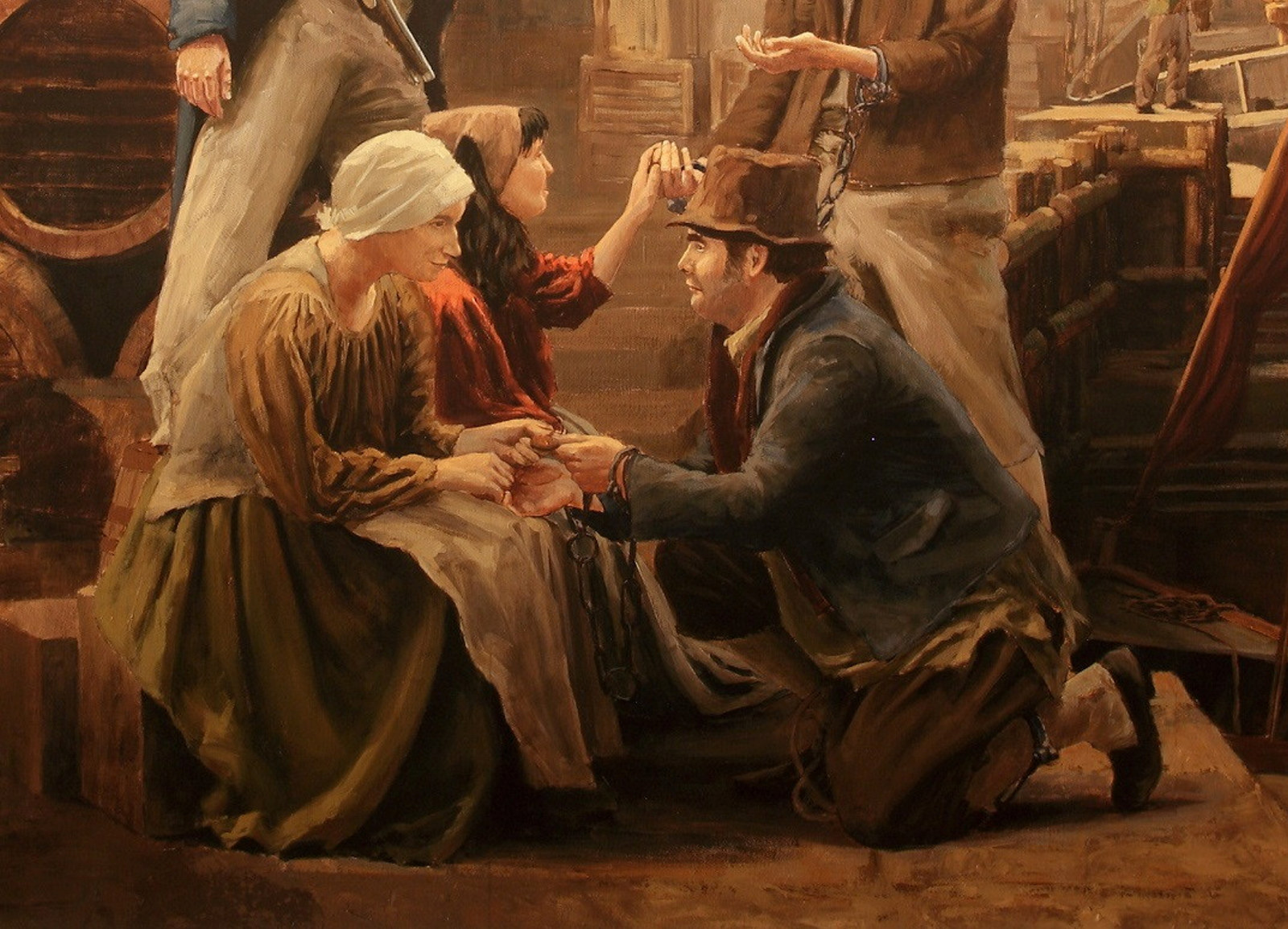
Convict Sydney
What are convict love tokens?
A convict love token is a coin that convicts gave to their loved ones before they were transported to NSW
Related
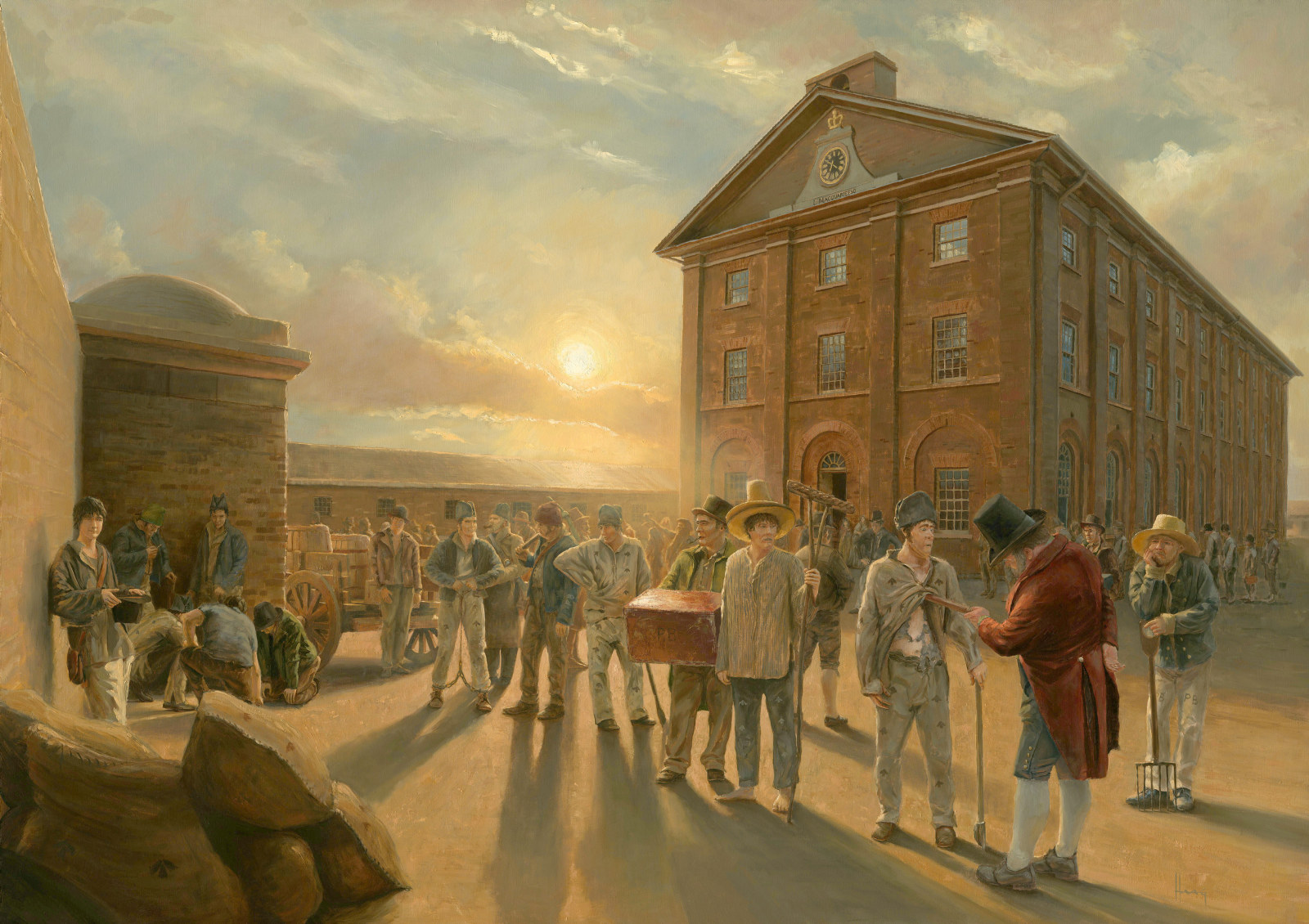
Convict Sydney
Convict Sydney
From a struggling convict encampment to a thriving Pacific seaport, a city takes shape
Published on
Convict objects
Browse all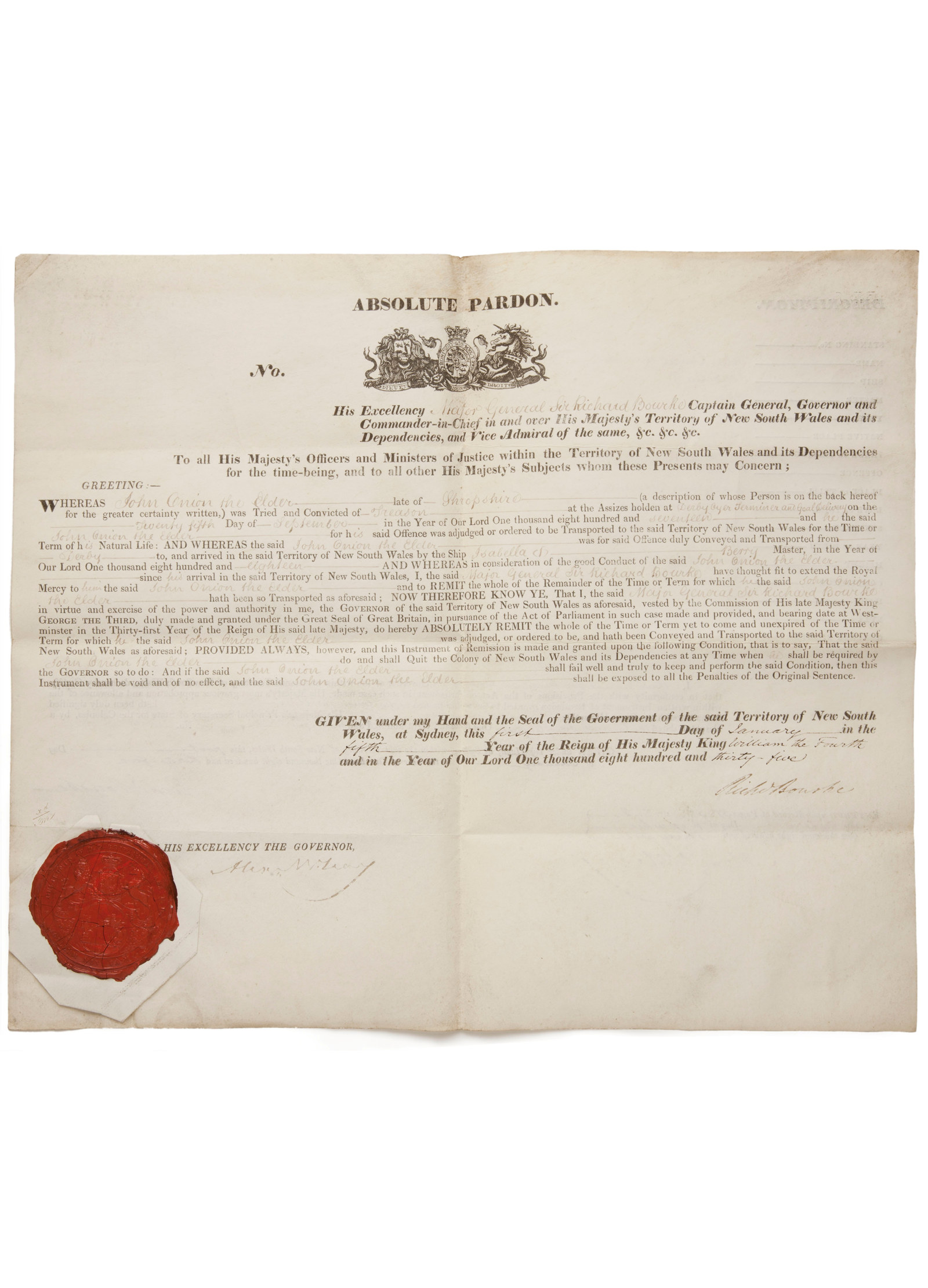
Convict Sydney
Absolute pardon
It must have been a proud moment for John Onion when he received this absolute pardon document in 1835
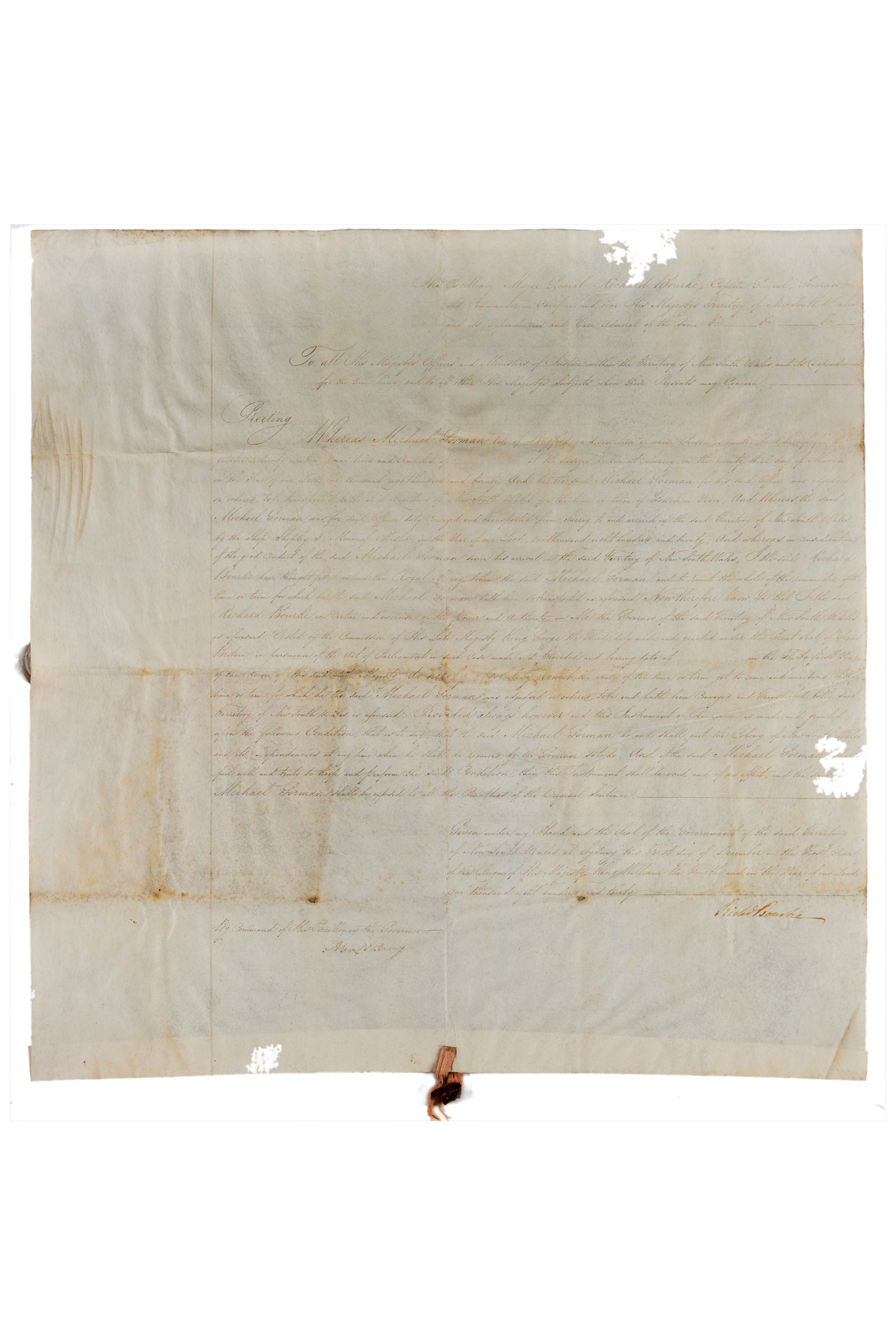
Convict Sydney
Absolute pardon
Convict constable Michael Gorman earned this absolute pardon in 1830/1832, for his service in the capture of the notorious bushranger John Donohoe
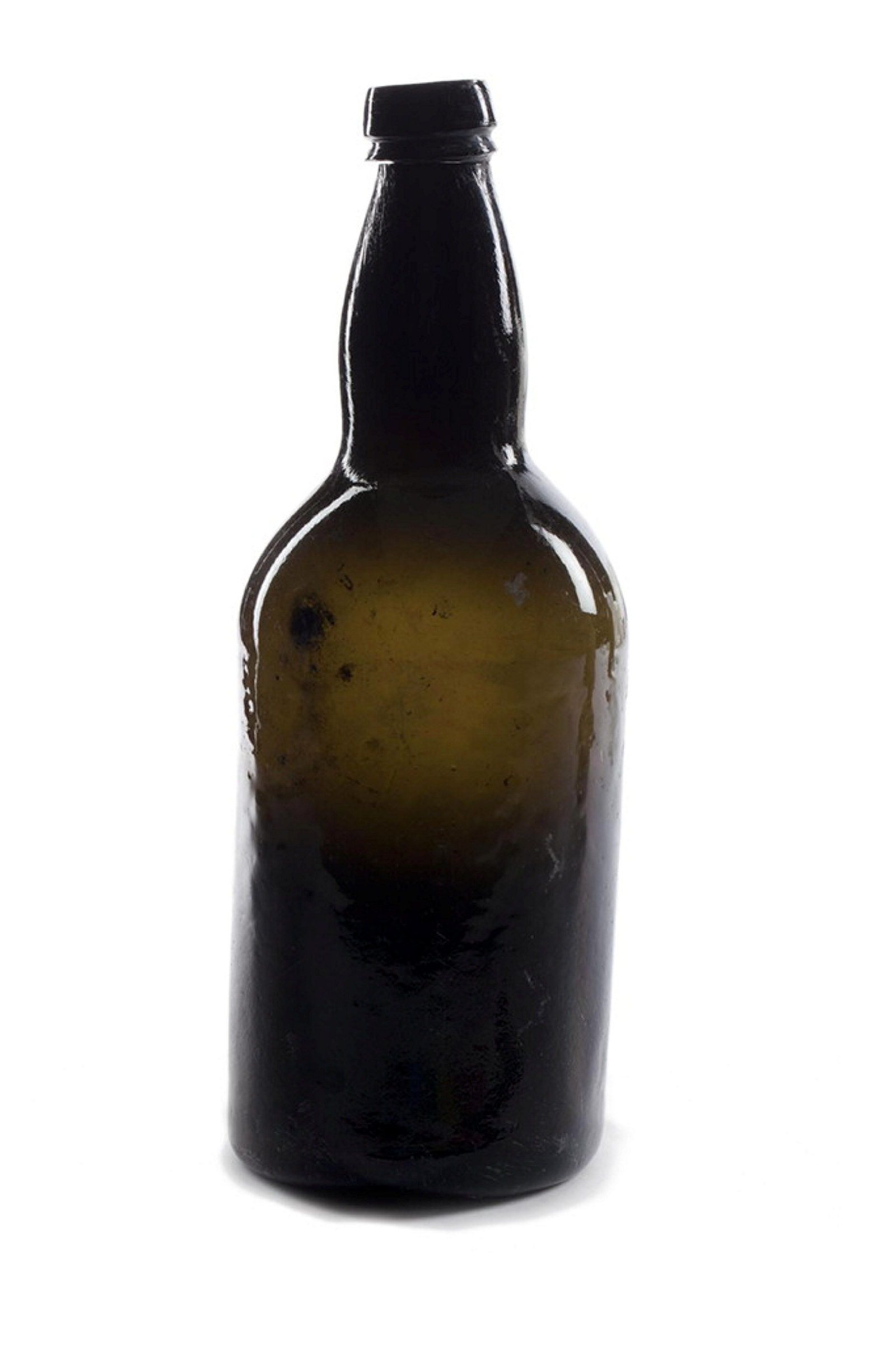
Convict Sydney
Alcohol bottle
Recovered from beneath the ground floor of the Hyde Park Barracks, this glass bottle suggests that, despite the rules, convicts smuggled alcohol into the Barracks
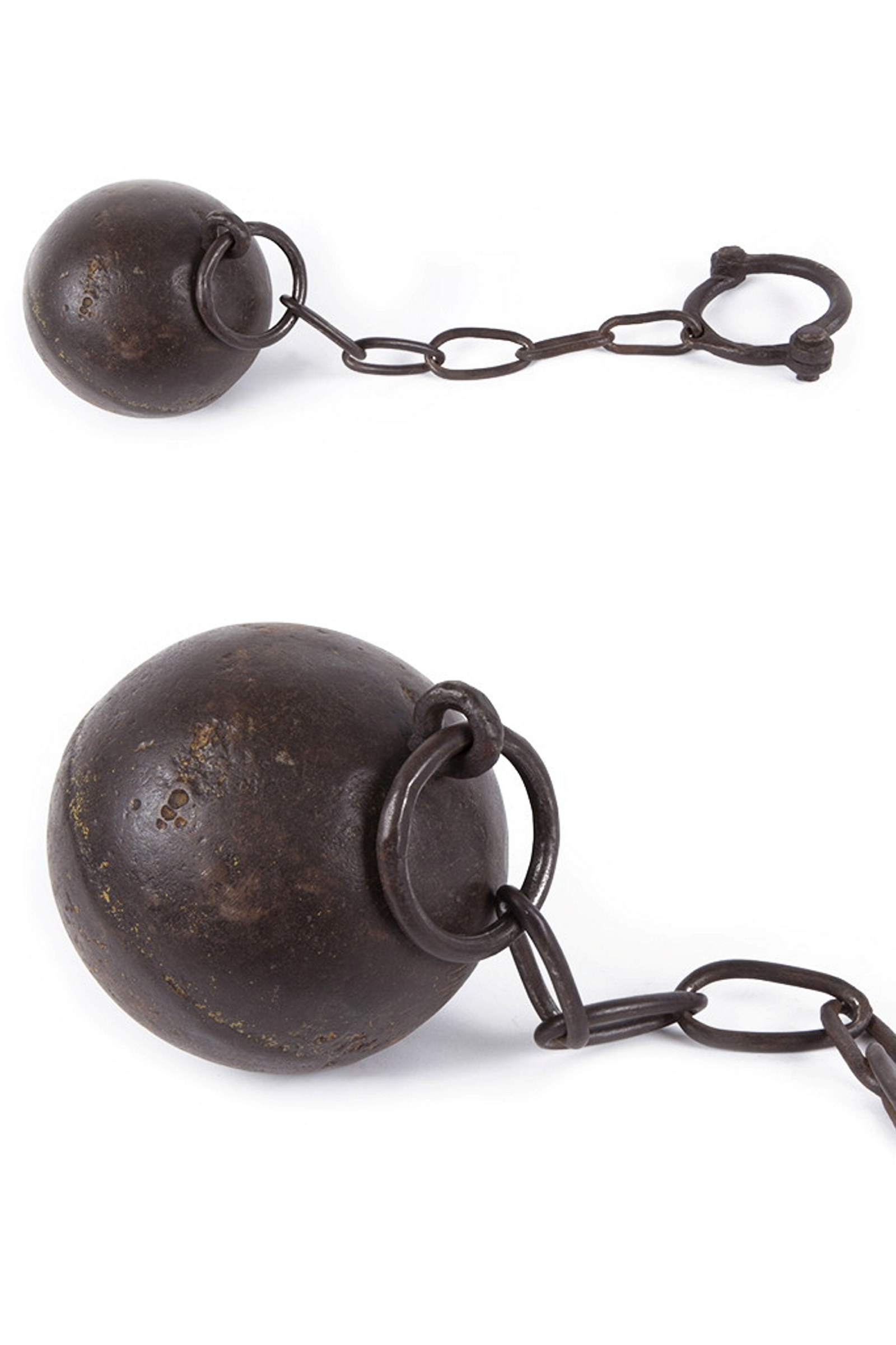
Convict Sydney
Ball and chain
1820s–1840s: Known as darbies or slangs in the convict ‘flash’ language, leg-irons came in various shapes and sizes